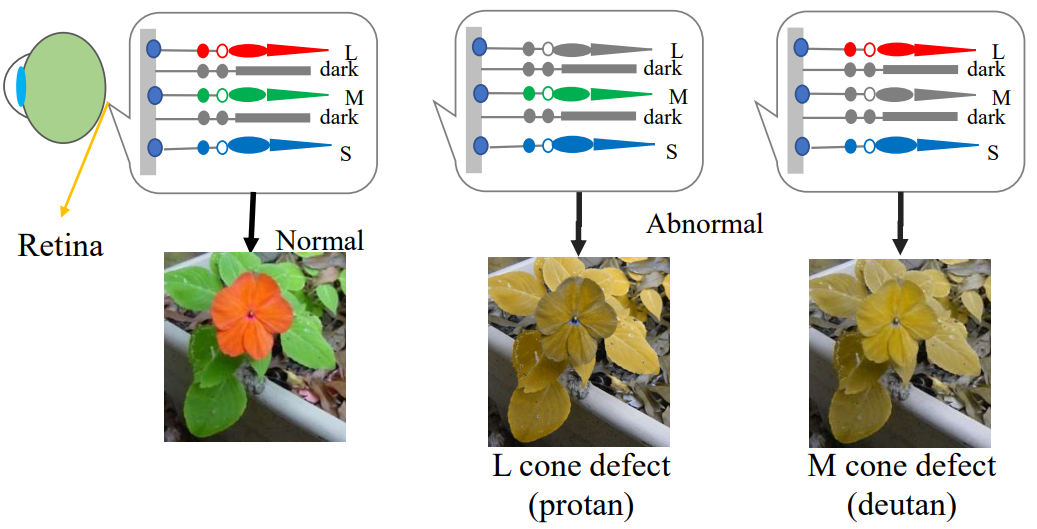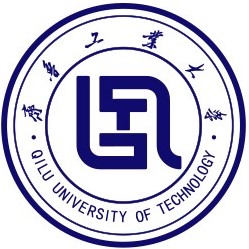About Me
Wangkang Huang received his B.E. in computer science and technology from Qilu University of Technology, Jinan, China in 2019, and the M.S. degree in computer science from the University of Yamanashi, Kofu, Japan and Hangzhou Dianzi University, Hangzhou, China, in 2022, respectively. He is currently pursuing his Ph.D. in Computer Science at the Graduate School of Engineering, University of Yamanashi, Kofu Japan. His research interest includes image processing.
Education


Master of Engineering in Computer Science
Location: Hangzhou, Zhejiang, China
Duration: 09/2019 - 06/2022
Publication
Image recoloring for Red-Green dichromats with compensation range-based naturalness preservation and refined dichromacy gamut
Author:Huang, WK; Zhu, ZY; Chen, LG; Go, K; Chen, XD; Mao, XY
Date: SEP 2022
Abstract: People with color vision deficiency (CVD) have difficulty discriminating colors, which can cause loss of chromatic contrast in the perception of affected individuals. To compensate for contrast loss, image recoloring approaches have been proposed in the existing studies. In state-of-the-art studies, recoloring models were built based on an approximated gamut of CVD in the CIE L*a*b* (Lab) color space, which significantly deviates from the original gamut. In addition, luminance was not considered during recoloring. Moreover, existing methods also present problems, such as high computational costs and insufficient naturalness preservation . In this paper, we propose a novel recoloring method to compensate for CVD that enhances contrast through adopting a luminance channel-considered optimization model while preserving naturalness by imposing hard constraints on the amount of changes to the original colors. To obtain a better compensation effect, we fit a new curved surface for representing the gamut of dichromacy in the Lab color space more accurately. Furthermore, a discrete solver is implemented to solve the optimization problem efficiently. For effective assessment, qualitative, quantitative, and subjective experiments were conducted, and a new metric, called preference, is proposed to evaluate the contrast enhancement and naturalness preservation comprehensively.
Keywords: Image recoloring; Color vision deficiency; Contrast compensation; Naturalness preservation
paperNew inequalities for hyperbolic functions based on reparameterization
Author:Huang, WK; Chen, XD; Chen, LQ; Mao, XY
Date: OCT 11 2020
Abstract: In this paper, we present new inequalities about hyperbolic functions with much better approximation effect. It firstly provides two-sided bounds of(sinh(x)/x)(p) for the case p is an element of(0, 1], and lower bound for the case p >= 7/5 as well. It also provides inequalities about mixed hyperbolic functions consisting of tanh(x) and sinh(x). Numerical examples show that the new inequalities can achieve much better approximation effect than those of prevailing methods.
Keywords: Inequalities; Inverse tangent function; Inverse hyperbolic sine function; Inverse hyperbolic tangent function; Sine function
paperNew inequalities between the inverse hyperbolic tangent and the analogue for corresponding functions
Author:Chen, XD; Nie, L; Huang, WK
Date: MAY 7 2020
Abstract:In this paper, we present new inequalities which reveal further relationship for both the inverse tangent function arctan(x) and the inverse hyperbolic function arctanh(x). At the same time, we give the analogue for inverse hyperbolic tangent and other corresponding functions.
Keywords: Inequalities; Inverse tangent function; Inverse hyperbolic sine function; Inverse hyperbolic tangent function; Inverse sine function
paperResearch

Color Vision Deficiency (CVD) is a hereditary condition, with the most common types being protan (red color blindness) and deutan (green color blindness). This research is structured into two main components: simulation and compensation.
Simulation:In the simulation aspect of the study, advanced algorithms are employed to construct models that replicate the visual experience of individuals with CVD. This allows for the adaptation of display devices, such as computers, to showcase colors as perceived by individuals affected by CVD.
Compensation:Given the hereditary and incurable nature of color vision deficiency, compensation strategies have become pivotal. External devices are explored as viable options to assist individuals with CVD. These devices aim to provide supplementary support, acknowledging the limitations imposed by the genetic condition.
Contact
QQ: 1069668281
Wechat: hwk15968179545
Phone: +81 90-8955-2756
+86 15968179545
Email: g22dtsa6@yamanashi.ac.jp
huang10669668281@gmail.com
Other Information
Hobby: History; Anime; Game; Dramas
Skill: Computer; English; Japanese





